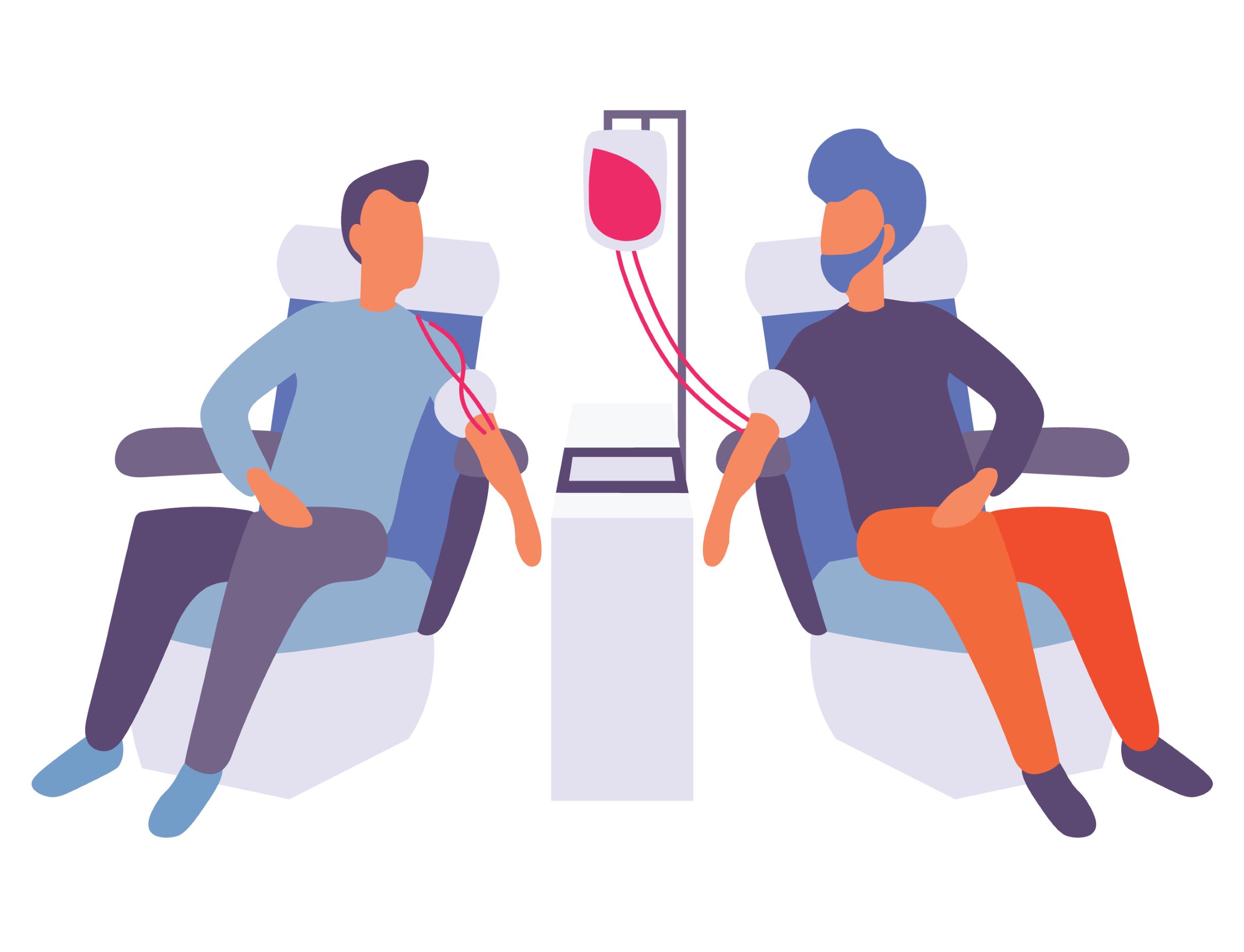In the depth of the COVID-19 crisis in 2020, while thousands were sewing homemade masks and gathering nonperishable food donations, blood donation requests from blood banks and hospitals were rising.
The Red Cross’s figures from March 2020 indicated a decline of 86,000 blood donations due to the cancellation of 2,700 blood drives across the country.
Blood Donations and COVID-19
By October 2020, the AABB (which used to stand for the American Association of Blood Banks but has since been renamed the American Red Cross and America’s Blood Centers), released a joint statement on the blood supply in the United States. It had reached a critical low, and the majority of blood centers were reporting significant decreases in blood collections needed for operations, transfusions, and more.
Thanks to the diligent work of scientists and medical professionals, the nation’s blood supply is no longer in such dire straits.
A recent study done by the National Institute of Health (NIH) found that SARS-CoV-2, the virus that causes COVID-19, does not pose a threat to blood donations. Potential donors are still required to be screened for COVID-19 symptoms, but blood samples themselves do not need to be tested for the virus in order to be used.
While many are rejoicing at the new discoveries and relaxed anxieties around donating blood during the pandemic, a significant portion of the population is still restricted from donating blood: gay and bisexual men.
The History Behind Restrictions
On April 2, 2020, the Food and Drug Administration (FDA) announced a policy update regarding blood donations from MSM, or men who have sex with men.
Previously, gay and bisexual men had to wait 12 months since their last time having sex with another man before donating blood. In 2020, the deferral period was lessened to three months.
These measures, including asking potential donors a series of questions about their sex lives, were initially put in place to combat the AIDS crisis in the 1980s, which was wreaking havoc on the gay community. MSM who had sexual encounters after 1977 (even if it was just one) were banned completely from donating blood from 1985 to 2015. At that time, the 12-month abstinence period was put in place, and it remained up until a few months ago.
This lowering of the restrictions on MSM blood donors is in large part thanks to the diligent research done by LGBTQ+ advocacy groups.
In 1998, the Blood Donation Rules Opinion Study (BloodDROPS) released data that showed that the estimated prevalence of HIV in MSM, 11–12%, was actually only 0.25% in reality.
We’re Not There… Yet
Today, the Human Rights Campaign maintains that rigorous testing for HIV and other blood-borne diseases is crucial for ensuring the safety of the national blood supply. However, they also believe the updated 2020 policy still treats groups with similar risks unequally.
By excluding certain donors from the process, we are deeming men who have sex with other men as risks, instead of examining risky behavior like unprotected sex in all genders and sexualities.
The pattern seen here is one similar to the fight for diversity in clinical trials and other medical settings—by eliminating whole groups of people from medical and pharmaceutical processes, we are restricting our data about these groups as well as damaging their ability to access inclusive care.
The road to inclusion requires more careful attention and customized policies, but it is more than worth it to provide care to those who have been overlooked or excluded.
Together, we can help improve diversity in the medical and pharmaceutical worlds by using our voices to advocate and our actions to create change.
Whether it’s diversity-related translations, inclusive patient recruitment strategies, or interpreters for doctor’s visits, we want to help.
To find out more about partnering with G3 Life Sciences, contact us today.
